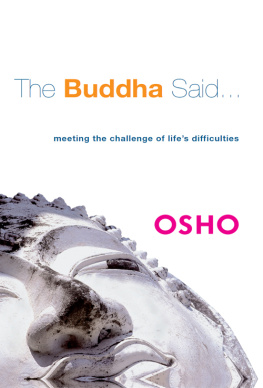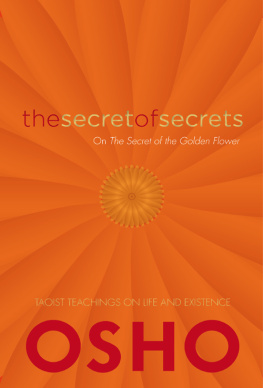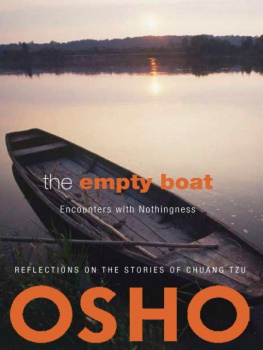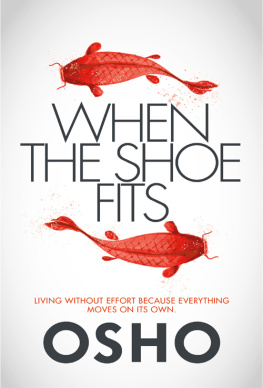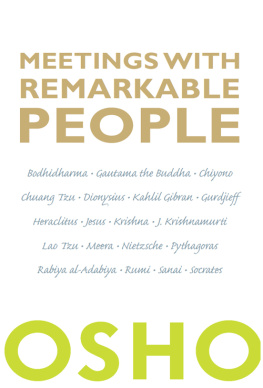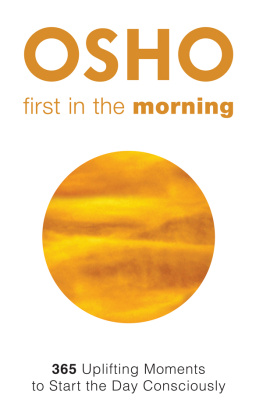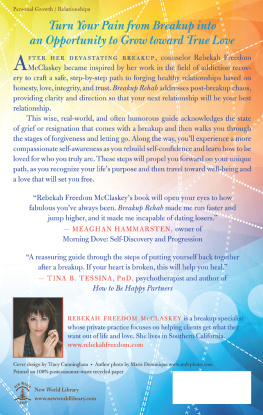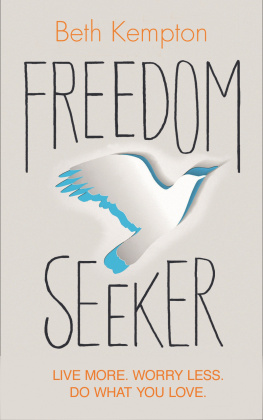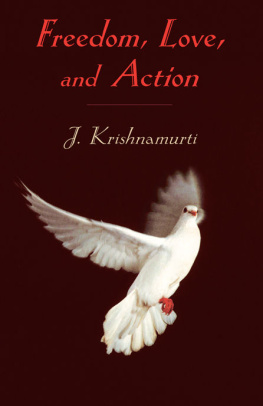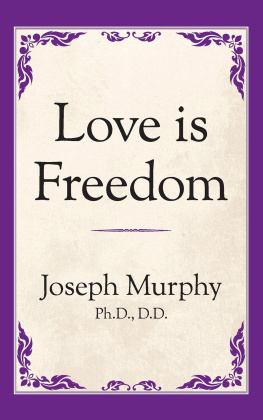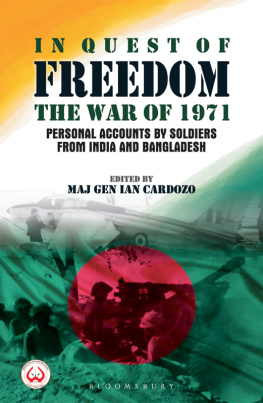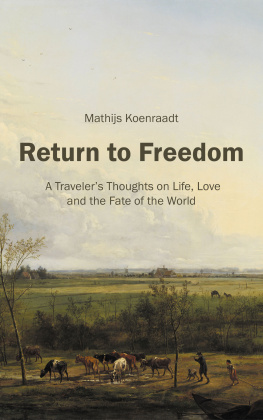About the Author
O SHOS teachings defy categorization, covering everything from the individual quest for meaning to the most urgent social and political issues facing society today. His books are not written but transcribed from audio and video recordings of extemporaneous talks given to international audiences over a period of thirty-five years. Osho has been described by the Sunday Times in London as one of the 1,000 Makers of the Twentieth Century, and by American actor Tom Robbins as the most dangerous man since Jesus Christ.
About his own work, Osho has said that he is helping to create the conditions for the birth of a new kind of human being. He has often characterized this new human being as Zorba the Buddhacapable both of enjoying the earthly pleasures of a Zorba the Greek and the silent sreenity of a Gautam Buddha. Running like a thread through all aspects of Oshos work is a vision that encompasses both the timeless wisdom of the East and the highest potential of Western science and technology.
Osho is also known for his revolutionary contribution to the science of inner transformation, with an approach to meditation that acknowledges the accelerated pace of contemporary life. His unique Active Meditations are designed to first release the accumulated stresses of body and mind, so that it is easier to experience the thought-free and relaxed state of meditation.
Meditation Resort
OSHO MEDITATION RESORT
The Osho Meditation Resort is a place where people can personally experience a new way of living with more alertness, relaxation, and fun. Located about one hundred miles southeast of Mumbai in Pune, India, the resort offers a variety of programs to thousands of people who visit each year from more than a hundred countries around the world.
Originally developed as a summer retreat for Maharajas and wealthy Briitish colonialists, Pune is now a thriving modern city that is home to a number of universities and high-tech industries. The Meditation Resort spreads over forty acres in a tree-lined suburb known as Koregaon Park. The resort campus provides accommodation for a limited number of guests, in a new Guesthouse, and there is a plentiful variety of nearby hotels and private apartments available for stays of a few days up to several months.
All resort programs are based in the Osho vision of a qualitatively new kind of human being, who is able both to participate creatively in everyday life and to relax into silence and meditation. Most programs take place in modern, air-conditioned facilities and include a variety of individual sessions, courses, and workshops covering everything from creative arts to holistic health treatments, personal transformation and therapy, esoteric sciences, the Zen approach to sports and recreation, relationship issues, and significant life transitions for men and women. Individual sessions and group workshops are offered throughout the year, alongside a full daily schedule of meditations. Outdoor cafes and restaurants within the resort grounds serve both traditional Indian fare and a choice of international dishes, all made with organically grown vegetables from the resorts own farm. The campus has its own private supply of safe, filtered water.
For more information:
www.osho.com
a comprehensive Web site in several languages that includes an on-line tour of the Meditation Resort and a calendar of its course offerings, a catalog of books and tapes, a list of Osho information centers worldwide, and selections from Oshos talks.
Osho International
New York
Email: oshointernational@oshointernational.com
www.osho.com/oshointernational
CAVEAT
Two Women and a Monk
A Zen story:
There was an old woman in China who had supported a monk for over twenty years. She had built a hut for him, and she fed him while he was meditating.
One day she decided to find out just what progress he had made in all this time.
She obtained the help of a girl rich in desire, and said to her, Go and embrace him, and then ask him suddenly, What now?
The girl called upon the monk and immediately started caressing him, and asking him what he was going to do about it.
An old tree grows on a rock in winter, replied the monk somewhat poetically, nowhere is there any warmth.
The girl returned and related what he had said.
To think I fed that fellow for twenty years! exclaimed the old woman in anger. He showed no consideration for your need, no disposition to explain your condition. He need not have responded to passion, but at least he should have experienced some compassion.
She at once went to the hut of the monk and burned it down.
An ancient proverb says, Sow a thought, reap an act. Sow an act, reap a habit. Sow a habit, reap a character. Sow a character, reap a destiny.
And I say to you: Sow nothing, and reap meditation or love.
Sowing nothingthats what meditation is all about. And its natural consequence is love. If, at the end of the journey of meditation, love has not flowered then the whole journey has been futile. Something went wrong somewhere. You started but you never reached.
Love is the test. For the path of meditation, love is the test. They are two sides of one coin, two aspects of the same energy. When one is there, the other has to be there. If the other is not there, then the first is also not there.
Meditation is not concentration. A man of concentration may not reach to love; in fact, he will not. A man of concentration may become more violent because concentration is a training to remain tense, concentration is an effort to narrow down the mind. It is deep violence with your consciousness. And when you are violent with your own consciousness you cannot be nonviolent with others. Whatsoever you are with yourself, you are going to be with others.
Let this be a fundamental rule of life, one of the most fundamental: Whatsoever you are toward yourself, you will be toward others. If you love yourself, you will love others. If you are flowing within your being, you will be flowing in relationships, also. If you are frozen inside, you will be frozen outside, also. The inner tends to become the outer; the inner goes on manifesting itself in the outer.
Concentration is not meditation; concentration is the method of science. It is scientific methodology. A man of science needs the deep discipline of concentration, but a man of science is not expected to be compassionate. There is no need. In fact, a man of science becomes more and more violent with natureall scientific progress is based on violence toward nature. It is destructive because, in the first place, the scientific man is destructive to his own expanding consciousness. Rather than expanding his consciousness he narrows it down, makes it exclusive, one-pointed. It is a coercion, violence.
So remember, meditation is not concentrationbut neither is meditation contemplation. It is not thinking. Maybe you are thinking about Godeven then, it is thinking. If there is about, there is thinking. You may be thinking about money, you may be thinking about Godit basically makes no difference. Thinking continues, only objects change. So if you are thinking about the world, or about sex, nobody will call it contemplation. If you are thinking about God, virtue, if you are thinking about Jesus, Krishna, Buddha, then people will call it contemplation. But Zen is very strict about itit is not meditation, it is still thinking. You are still concerned with the other.
In contemplation the other is there, although of course not so exclusively as it is in concentration. Contemplation has more fluidity than concentration. In concentration the mind is one-pointed; in contemplation the mind is oriented toward one subject, not toward one point. You can go on thinking about it, you can go on changing and flowing with the subject but still, on the whole, the subject remains the same.


